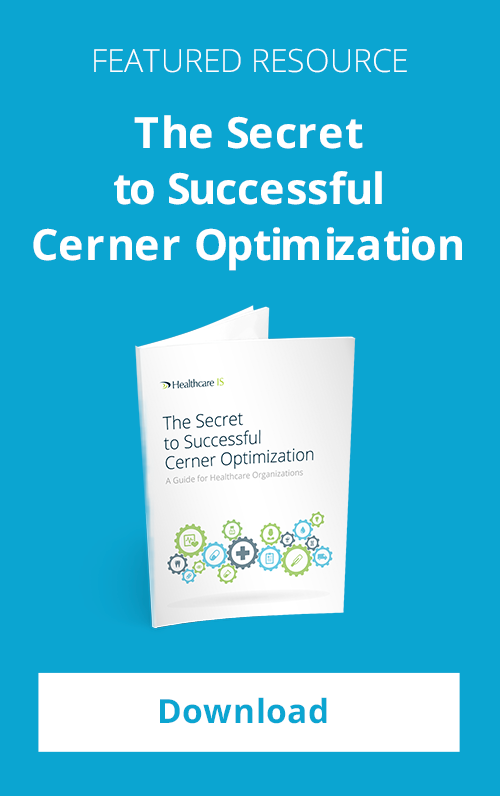Healthcare is a world of continual change and adaptation. The conversion from one clinical/financial/pharmacy system to another system, while focusing on patient care, impacts the entire organization. Such a conversion requires investment in resources, capital, and time. It can result in a re-engineering of your workflow processes and optimizing the delivery of patient care within the constraints of the new system.
In the white paper entitled Healthcare System Conversions – Key Points To Consider, we outlined three types of conversions (System Upgrade, New Platform/Same Vendor, and New Platform/New Vendor) and five points to consider when planning for a system conversion.
- Version Upgrade (Same Vendor)
- Conversion to New Platform (Same Vendor)
- Conversion to New Platform (New Vendor)
Version Upgrade (Same Vendor)
Upon receipt of the content and testing plan, identify if the hospital has the staffing resources and skill set to conduct the testing. If your team does not have the “bandwidth,” collaborate with an experienced team of professionals to augment the testing. These resources can perform and document the testing while collaborating with your team as findings dictate. This will free up your team’s resources to focus on daily operations and patient care. In addition, these experienced professionals can assist with the training and go-live support.
Where/How to Engage Outside Resources:
New version Testing and Implementation:
Engaging outside resources experienced with the new system version to help with the testing allows your team to focus on day-to-day operations. The “tester” collaborates and communicates with the hospital team on a daily/weekly basis. The resource can help with the following key tasks:
- Review of the new version documentation:
- (e.g. Day One Alerts) illustrating what enhancements are available with the new version.
- Development of a testing plan:
- Documented test plan to be used for validation of the testing. Many times the vendor provides a test plan as a start. The consultant collaborates with the client, enhancing the test plan to include situations unique to your organization.
- Perform testing scripts
- Documents results/issues on the test plan. Collaborates with the hospital and vendor on any issues identified.
- Training
- Development of training documents and “tip sheets” to enhance the rollout of the new version
- Training of end-users as appropriate
- Go-live support and troubleshooting
Conclusion
Leveraging outside resources to support upgrade testing and provide go-live support allows your staff to focus on the day-to-day operation and support.
CLICK HERE to schedule an appointment to discuss your needs with HealthcareIS.


Comments